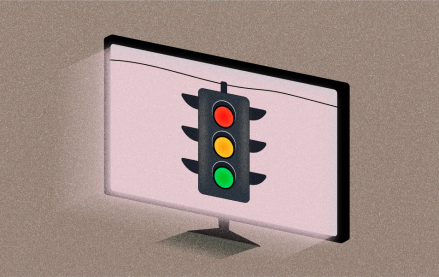
The Web has created a perfect storm of trouble for publishers looking to make a buck. Print is in irrecoverable decline, display CPMs continue to sink, and it’s still hard to get people to pony up for content online. Worse, while the outlook for many publishers looks dim, the prospects of Web giants such as Google, Facebook and Twitter have never looked better. The financial picture doesn’t look great.
Those are just some of the worries, anyway. Here are the revenue questions publishers gathered at London’s Digital Media Strategies say concern them the most.
Freek Staps, co-founder of The Netherlands’ NRC Q
We’re a part of a larger media company, so our challenge is convincing people that the quality that they pay for on paper is also worth paying for digitally. People think that their news should be free online, so we have to convince them that we add value to their conversations at the coffee machine. It’s fine that not everyone wants to pay, because you get the revenue there through ads. But we also want to build our presence on many platforms — Whatsapp, our newsletter, Twitter and Facebook — and convince people that the total package of our offering is more than what they usually see out there.
Donata Hopfen, CEO of BILD Group at Germany’s Axel Springer
Keeping the CPMs up and finding new ways to cope with the big American platform companies that are taking larger and larger chunks from the cake. We’re trying to find our own way and not get taken over by the big platforms. That’s the biggest challenge for us when it comes to digital. You are a direct competitor in this landscape with the big Americans with them, even if we aren’t in the same country and come from a very different stage.
Ernst-Jan Pfauth, publisher The Netherlands’ Correspondent
Our biggest challenge now is getting into the daily habits of members. We have a lot of members, but we got them through letting people give away articles for free. But when they do become a member, we have to figure out ways to get them to think about us every day. We’re not a newspaper, so we don’t end up on their doormats every morning, and we’re not a news site, so we’re not addictive. We are constantly thinking about how to make sure people come back regularly. At the end of year, when people decide if they want to stay a member, they’re going to ask, “Was this valuable to me?”
Alceo Rapagna, CEO at Italy’s RCS MediaGroup
There’s no money in our traditional core business of advertising. There’s little to monetize when it comes to the business we have always done. It’s like if you sell refrigerators and you suddenly realize that there’s an ice age coming. What do you do? You either start making heaters or you won’t make it. It’s about diversifying. But you can only diversify so much, because then you can stretch too far. You need to diversify into an adjacent business that still lets you use your media, audience and core capabilities to make money.
More in Media

What publishers are wishing for this holiday season: End AI scraping and determine AI-powered audience value
Publishers want a fair, structured, regulated AI environment and they also want to define what the next decade of audience metrics looks like.

Media giant Essence launches a marketplace for Black women-led brands
Essence has launched WeLoveUs.shop, a new online marketplace dedicated to Black women-led brands.

In Graphic Detail: The state of AI referral traffic in 2025
The stats reveal a new audience pipeline forming outside of traditional search and social platforms.





